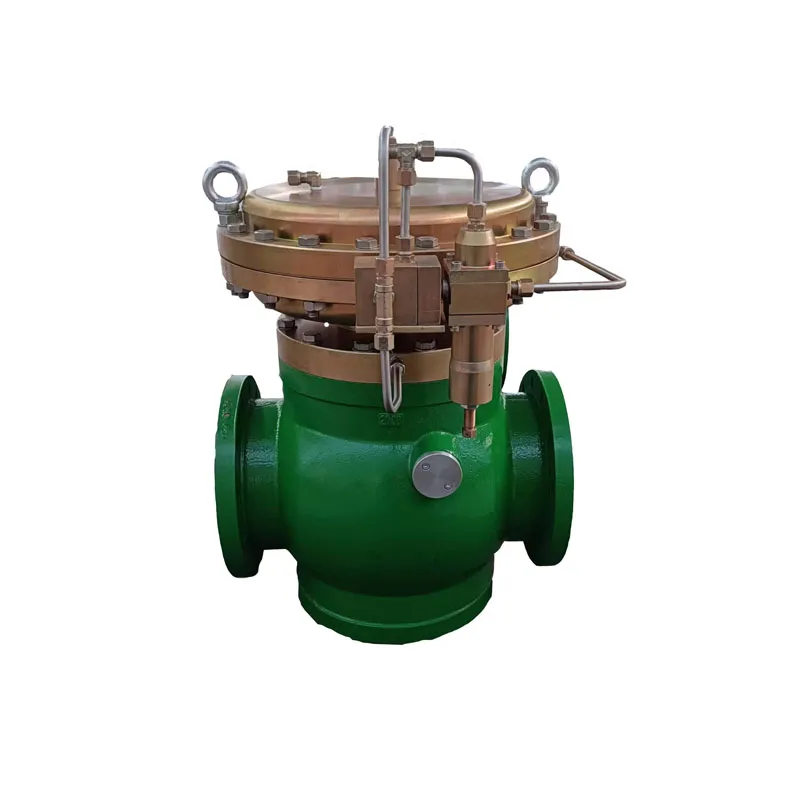
Dec . 03, 2024 18:34
Back to list
محطة تخفيض الضغط
The Significance of Pressure Reduction Stations in Natural Gas Systems
In modern energy distribution systems, pressure reduction stations (PRS) play a crucial role in ensuring the safe and efficient delivery of natural gas to consumers. These stations are specifically designed to lower the pressure of natural gas from high-pressure transmission pipelines to a usable pressure that is suitable for distribution to residential, commercial, and industrial users. Understanding the function and importance of pressure reduction stations can shed light on their pivotal role in our energy infrastructure.
Function and Design of Pressure Reduction Stations
Pressure reduction stations operate by utilizing various techniques to reduce gas pressure effectively. Typically, a PRS consists of several key components, including pressure regulators, safety valves, filters, and control systems. The pressure regulators are designed to maintain the outlet pressure at a predetermined level, ensuring that the gas delivered to consumers does not exceed safety limits. Safety valves are crucial for protecting the system against overpressure conditions, automatically releasing gas if the pressure becomes too high.
The design of a pressure reduction station is often tailored to meet specific operational requirements, including the expected volume of gas flow and the degree of pressure reduction needed. Engineers take into account factors such as ambient temperature, potential weather impacts, and emergency shutdown systems to ensure that the station operates reliably under various conditions.
.
Safety is paramount in the operation of pressure reduction stations. Natural gas is a highly flammable substance, and any leaks or malfunctions can pose significant risks to the public and the environment. To mitigate these risks, PRS are designed with several safety features. Advanced monitoring systems continuously check the pressure levels and flow rates, and if any anomalies are detected, they can trigger alarms and automatic shutdown processes. Additionally, regular maintenance and inspections are conducted to ensure that all components function correctly and comply with regulatory standards.
محطة تخفيض الضغط

Impact on Efficiency and Reliability
Pressure reduction stations are not only essential for safety but also for the overall efficiency and reliability of the gas supply system. By maintaining optimal pressure levels, PRS help to minimize energy losses during distribution. High pressure can lead to increased energy consumption by end-users, while excessively low pressure can impair the performance of gas appliances. Thus, a well-regulated pressure reduction station contributes to better energy efficiency and utility service reliability.
Moreover, by allowing for the integration of renewable energy sources, such as biogas, pressure reduction stations can support the transition toward more sustainable energy systems. These stations can be adjusted to accommodate variations in gas quality and pressure that come with increased reliance on alternative energy sources.
Environmental Considerations
In addition to providing safety and efficiency benefits, pressure reduction stations also play a role in environmental protection. By ensuring that natural gas is distributed at controlled pressures, PRS help to minimize methane emissions, which are potent greenhouse gases. Properly functioning stations reduce the likelihood of gas leaks during transmission and distribution, contributing to a lower carbon footprint for the entire natural gas system.
Conclusion
In summary, pressure reduction stations are essential components of natural gas distribution networks. They ensure that gas is delivered safely and efficiently, significantly impacting the energy supply chain's reliability and environmental sustainability. As the world moves towards cleaner energy solutions, the role of pressure reduction stations will continue to evolve, incorporating new technologies and practices that further enhance their operational effectiveness. Understanding and investing in these critical infrastructures is vital for advancing our energy systems and promoting safety and efficiency in natural gas distribution. The future of energy relies not only on innovation but also on the integrity of the systems that power our homes, businesses, and industries. Pressure reduction stations are at the forefront of this effort, quietly ensuring that we can enjoy the benefits of natural gas without compromising safety or efficiency.
Latest news
-
Safety Valve Spring-Loaded Design Overpressure ProtectionNewsJul.25,2025
-
Precision Voltage Regulator AC5 Accuracy Grade PerformanceNewsJul.25,2025
-
Natural Gas Pressure Regulating Skid Industrial Pipeline ApplicationsNewsJul.25,2025
-
Natural Gas Filter Stainless Steel Mesh Element DesignNewsJul.25,2025
-
Gas Pressure Regulator Valve Direct-Acting Spring-Loaded DesignNewsJul.25,2025
-
Decompression Equipment Multi-Stage Heat Exchange System DesignNewsJul.25,2025

